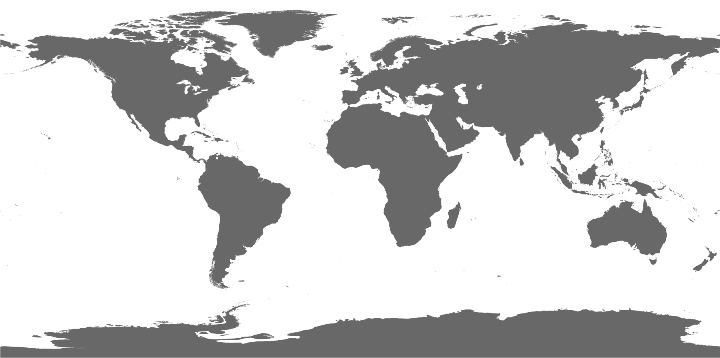Realm: Marine
Climate: Temperate
Biome: Temperate shelf and seas ecoregions Central latitude: 32.900962
Central longitude: -78.685508
Duration: 8 years, from 1980 to 1987
Climate: Temperate
Biome: Temperate shelf and seas ecoregions Central latitude: 32.900962
Central longitude: -78.685508
Duration: 8 years, from 1980 to 1987
1651 records
127 distinct species
Across the time series Stenotomus chrysops is the most frequently occurring speciesMethods
Abundance and biomass of fish species collected during the day from 1980 to 1987 off the coast of the southeastern United States (Cape Fear. NC to Cape Canaveral. FL).The 40/54 Fly net (12.2-m headrope /16.5-m footrope) has a 3.8-cm stretched mesh cod end. 1.3-cm stretched mesh knotless nylon liner. 16.5-m sweep with 9-cm rubber rollers (?cookies?). 45-cm bobbins and Chinese ?V? doors (1.8 x 1.2 m; 249.5 kg each). Plastic or aluminum floats (20.3 cm diameter) are equally spaced every approximately 0.6 m on the headrope.For thirty years. the Marine Resources Research Institute (MRRI) at the South Carolina Department of Natural Resources (SCDNR). through the Marine Resources Monitoring. Assessment and Prediction (MARMAP) program. has conducted fisheries-independent research on groundfish. reef fish. ichthyoplankton. and coastal pelagic fishes within the region between Cape Lookout. North Carolina. and Ft Pierce. Florida. The overall mission of the program has been to determine distribution. relative abundance. and critical habitat of economically and ecologically important fishes of the South Atlantic Bight (SAB). and to relate these features to environmental factors and exploitation activities. Research toward fulfilling these goals has included trawl surveys (from 6-350 m depth); ichthyoplankton surveys; location and mapping of reef habitat; sampling of reefs throughout the SAB; life history and population studies of priority species; tagging studies of commercially important species and special studies directed at specific management problems in the region. Survey work has also provided a monitoring program that has allowed the standardized sampling of fish populations over time and development of an historical base for future comparisons of long-term trends.Annual MARMAP cruises to assess relative abundance of reef fishes in the sponge-coral and shelf edge (live bottom) habitats of the South Atlantic Bight (SAB) have been conducted since 1978. MARMAP currently samples natural live bottom habitat from Cape Lookout. NC to the Ft. Pierce area. FL. The current main MARMAP objectives are to:(1) Sample reef fishes in the snapper-grouper complex at using a variety of gears in live bottom. rocky outcrop. high relief. and mud bottom habitats.(2) Collect detailed data for time series description of species for annual composition and relative abundance.(3) Obtain population characteristics on fish species of interest through life history information analysis. including age and growth. sex ratio. size and age of sexual maturation and transition. spawning season. fecundity. and diet. Priorities are dictated by the SEDAR schedule and other management considerations.(4) Collect hydrographic data (e.g. depth. temperature. salinity. etc.) for comparison to fish abundance and composition indices.(5) Collect DNA samples from selected fish species for stock identification.(6) Expand sampling area in North Carolina and south Florida as well as reconnoiter new live bottom areas with underwater video (UWTV) to add to the MARMAP site database Unit of abundance = IndCountInt, Unit of biomass = AggregatedWeightCitation(s)






























































.
In (Eds.),
(p. ).
:
.
,
(),
.



